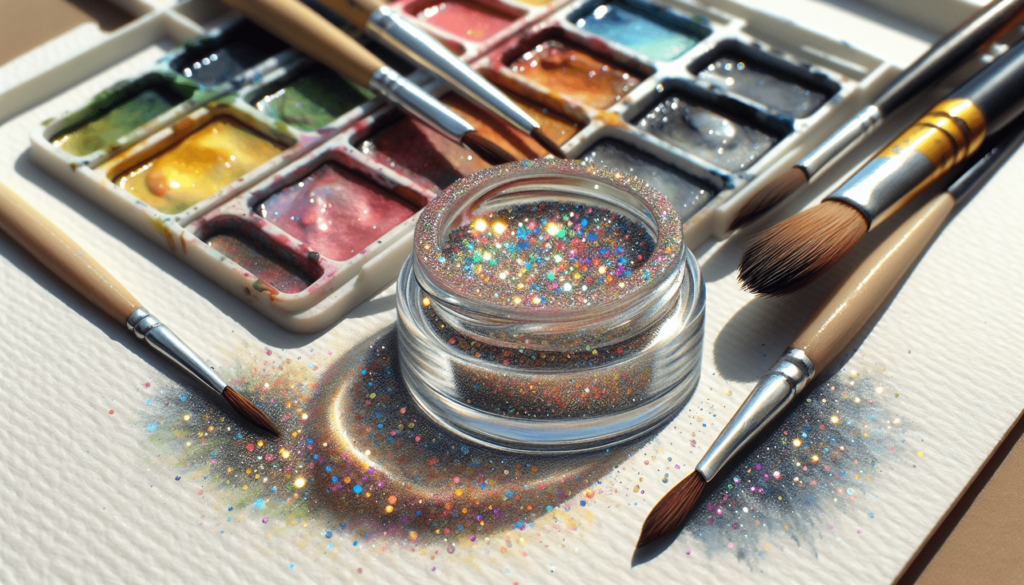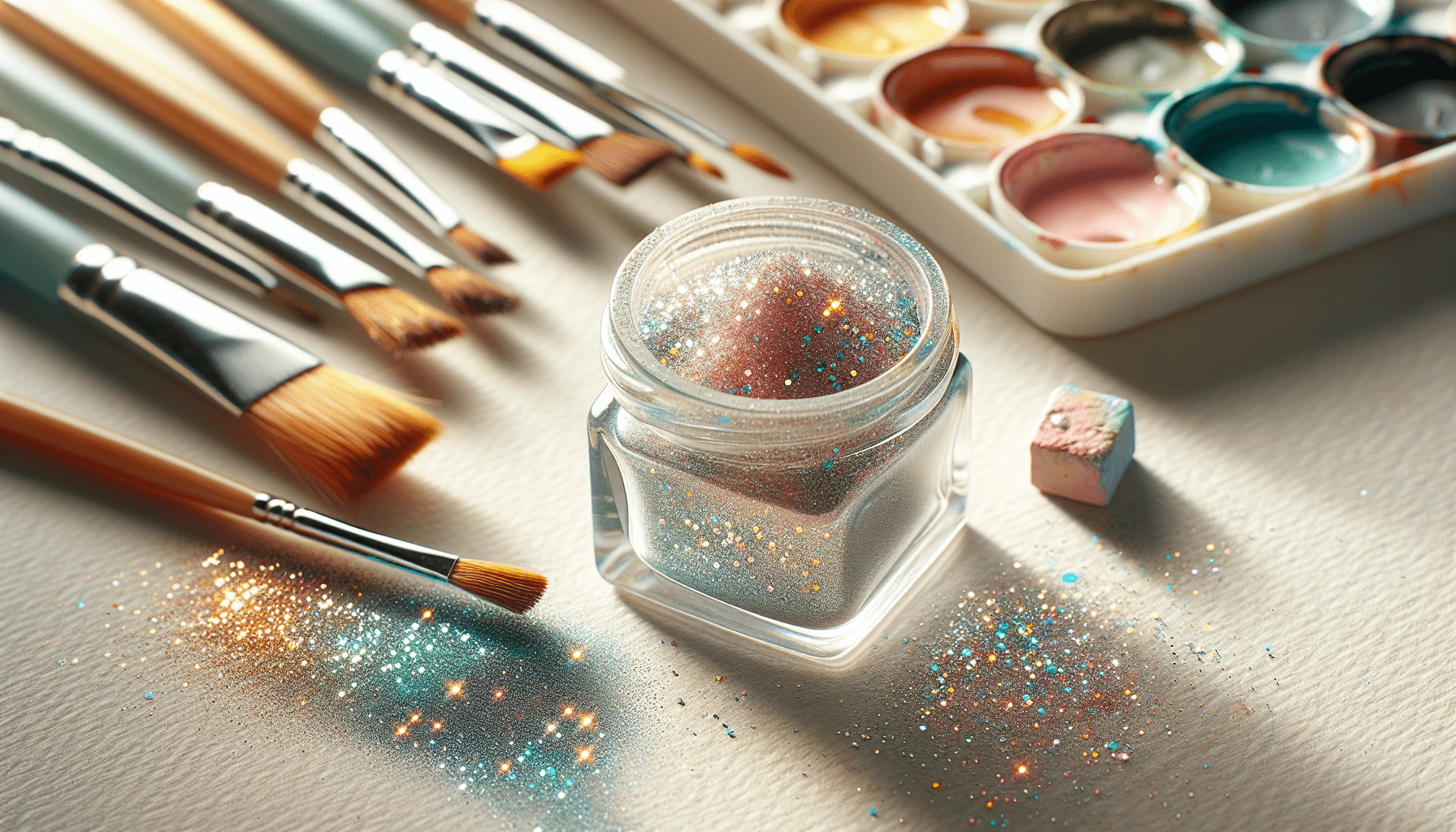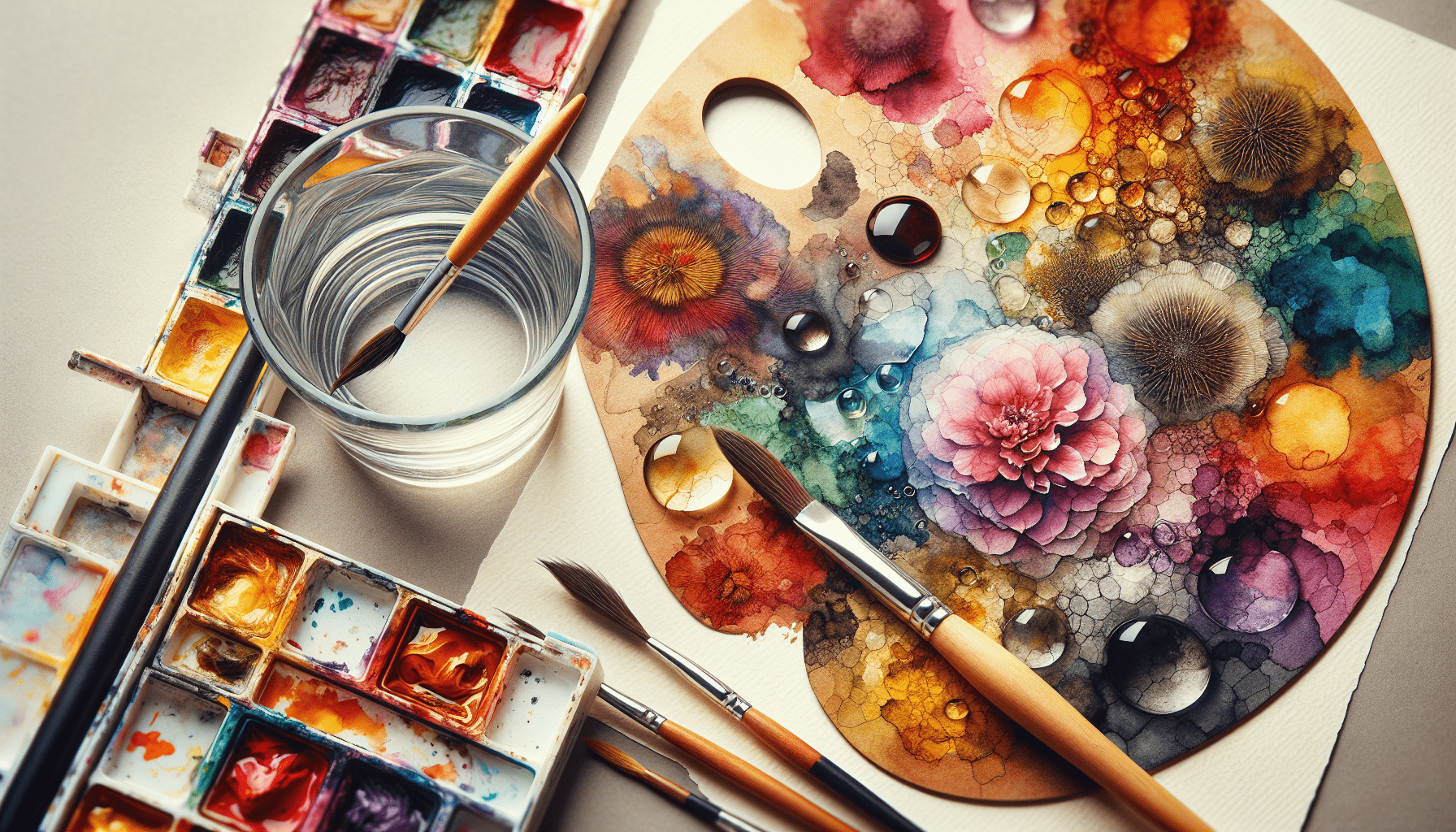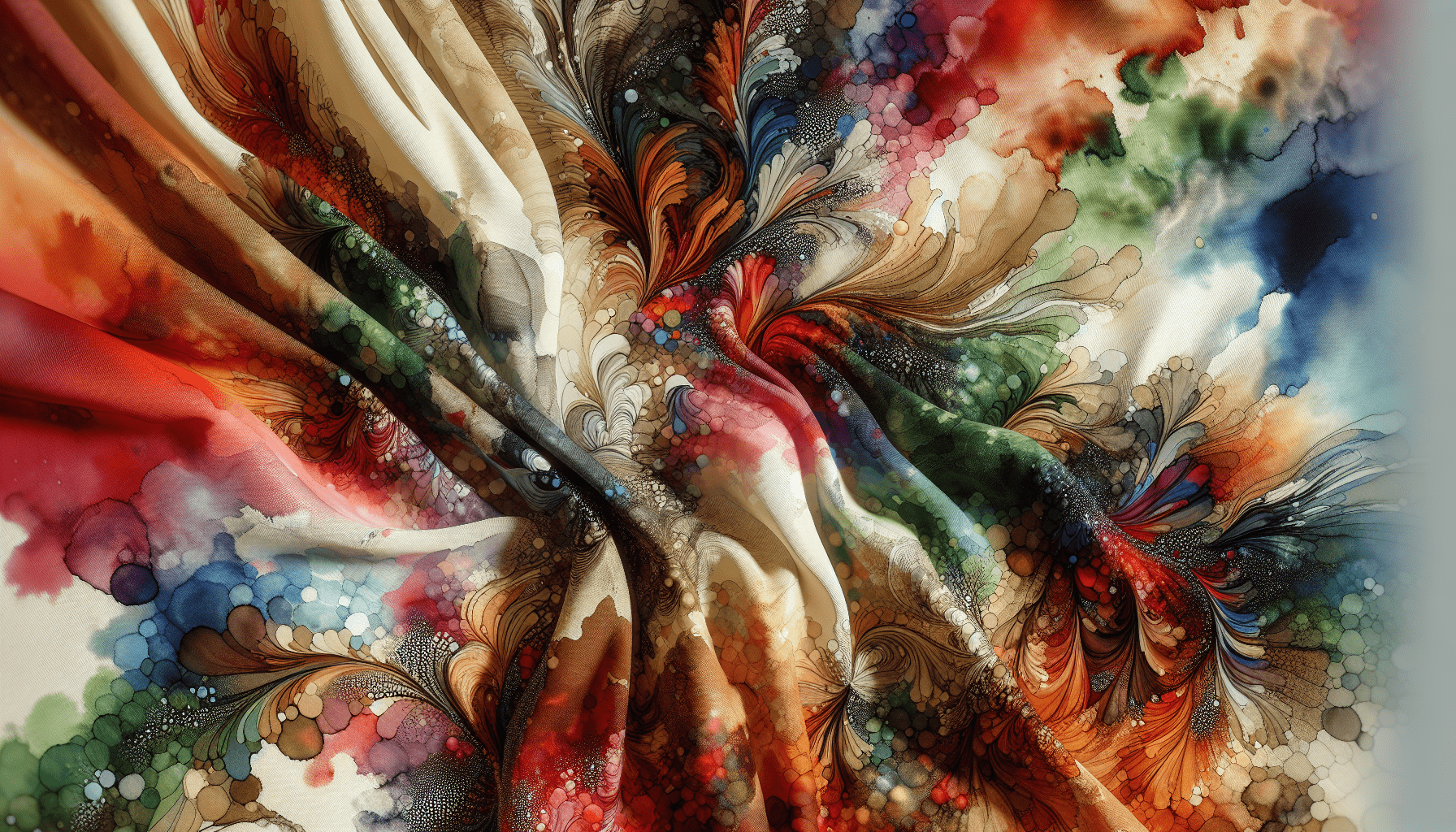“How To Make Watercolor Paint With Mica Powder” provides you with a comprehensive guide to creating radiant watercolor paints using mica powder. In this detailed yet accessible article, you will learn the step-by-step process to blend mica powder effectively with a binder to form shimmering, vibrant paints. Emphasizing both the technical aspects and creative potential, the article ensures you are well-equipped with the knowledge to enhance your artistic projects using this versatile medium. Whether you are a budding artist or a seasoned professional, these instructions will allow you to expand your watercolor palette with customized, shimmering hues.
How To Make Watercolor Paint With Mica Powder
Have you ever wondered how you could bring a vibrant, shimmering effect to your watercolor paintings? If you’ve been searching for a new way to create dazzling, luminescent artworks, you might want to consider making watercolor paint with mica powder. This guide will walk you through the process, providing detailed instructions and tips to ensure your success.
Using mica powder in watercolor paint is a fantastic way to introduce a pearlescent, metallic sheen to your artwork. Not only is it visually captivating, but it also adds an element of sophistication and depth to your pieces.

What is Mica Powder?
Mica powder is a natural mineral that has been ground into a fine powder. Its reflective quality makes it a popular additive in various applications, such as cosmetics, crafts, and artistic mediums. The powder comes in an array of colors, providing artists with endless possibilities for creativity.
Benefits of Using Mica Powder in Watercolors
The inclusion of mica powder in watercolor paint offers several advantages:
- Enhanced Aesthetic Appeal: The shimmering effect adds a luxurious touch to your artwork.
- Versatility: Available in various colors, mica powder can be mixed to create custom shades.
- Ease of Use: Simple to mix with watercolor mediums, making it accessible for beginners and seasoned artists alike.
Materials You Will Need
Before you begin, gather the following materials to ensure a smooth and efficient painting process:
| Material | Purpose |
|---|---|
| Mica Powder | Provides the shimmering effect |
| Gum Arabic Solution | Binds the pigments together |
| Distilled Water | Dilutes the mixture and ensures even consistency |
| Mixing Palette or Small Bowls | Used for mixing your paints |
| Measuring Spoons | Helps in measuring accurate amounts of ingredients |
| Paintbrushes | For applying the paint to your artwork |
| Empty Paint Pans or Containers | For storing the custom-made watercolor paint |
| Disposable Gloves | Keeps your hands clean while handling mica powder |
Step-by-Step Process
Now that you have your materials ready, let’s dive into the process of making watercolor paint with mica powder.
Step 1: Preparing Your Workspace
It’s essential to set up a clean and well-organized workspace. Lay down some newspaper or a plastic sheet to protect your surface from spills and stains. Ensure that your mixing tools, bowls, and measuring spoons are within reach.
Step 2: Measuring the Mica Powder
Begin by measuring the mica powder. The amount you require will depend on how much paint you intend to make. As a starting point, use one teaspoon of mica powder for a small batch. Adjust the quantity as needed based on the desired intensity and volume.
Step 3: Mixing the Gum Arabic Solution
Gum arabic acts as a binder, holding the pigments together and allowing them to adhere to paper when wet. Here’s how to prepare the solution:
- In a small bowl, combine one part gum arabic powder with two parts distilled water.
- Stir the mixture until the gum arabic powder dissolves completely.
- Let the solution sit for a few hours or overnight to thicken.
Step 4: Combining Mica Powder and Gum Arabic Solution
Next, you will mix the mica powder with the gum arabic solution. Follow these steps for a smooth blend:
- In your mixing palette or a small bowl, place the measured mica powder.
- Gradually add the gum arabic solution, stirring continuously to ensure an even mix.
- The mixture should reach a consistency similar to toothpaste. If it’s too thick, add more gum arabic solution or a few drops of distilled water.
Step 5: Testing the Mixture
Before storing your paint, it’s essential to test its consistency and application. Dab a small amount onto a piece of watercolor paper and spread it with a brush. Evaluate the following:
- Opacity: Ensure the mica powder is adequately dispersed to avoid clumping or streaking.
- Flow: The paint should glide smoothly without being too runny or thick.
- Shimmer: Check that the mica powder retains its reflective quality.
Adjust the mixture as needed based on these observations.
Step 6: Storing Your Custom Watercolors
After achieving the desired consistency, transfer the paint into empty paint pans or containers. Allow it to dry completely before using it in your artwork. Proper storage will extend the shelf life of your custom watercolors, preserving their brilliance for future use.
Tips for Using Mica Powder Watercolors
Enhance your watercolor artwork with these helpful tips:
- Layering Techniques: Apply multiple layers to build depth and intensity.
- Mixing Colors: Experiment by combining different mica powder shades to create unique hues.
- Application Tools: Use a variety of brushes and tools to explore different textures and effects.
- Fixing Spray: A light spray of fixative can help secure the mica particles in place, reducing the risk of smudging.

Troubleshooting Common Issues
Creating watercolor paint with mica powder is relatively straightforward, but you might encounter some challenges. Here are ways to address common issues:
| Issue | Possible Cause | Solution |
|---|---|---|
| Clumping | Inadequate mixing or too much powder | Gradually add more gum arabic solution and stir thoroughly |
| Streaking | Uneven dispersion of mica powder | Ensure thorough mixing; consider using a fine mesh sieve |
| Lack of Shimmer | Insufficient mica powder | Add more mica powder to the mixture |
| Thick Paint | Excess gum arabic solution or too little water | Add a few drops of distilled water until desired consistency is achieved |
Conclusion
Creating your own watercolor paint with mica powder can be a rewarding and enjoyable process. Not only does it allow you to customize your art supplies, but it also opens up a world of creative possibilities. By following the steps outlined in this guide, you will be well-equipped to produce stunning, shimmering artworks that stand out. Happy painting!



